Bleach cleaning hacks – who knew these three little words could unlock a world of sparkling clean possibilities? I’m willing to bet you have a bottle of bleach tucked away somewhere in your home, probably under the sink. But are you really using it to its full potential? For generations, bleach has been a household staple, a silent warrior against grime and germs. Think back to your grandmother’s pristine white linens – chances are, bleach played a starring role!
But beyond the laundry, bleach offers a treasure trove of cleaning secrets just waiting to be discovered. In this article, I’m going to share some of my favorite DIY bleach cleaning hacks that will not only save you time and money but also leave your home feeling fresher and cleaner than ever before. From tackling stubborn stains to disinfecting surfaces, these simple tricks will transform the way you think about this powerful cleaning agent.
Let’s face it, nobody enjoys spending hours scrubbing and cleaning. We all crave a little extra time in our day. That’s where these hacks come in! They’re designed to be quick, effective, and easy to implement, even for the most novice cleaner. So, grab your gloves, your bleach, and let’s get ready to unlock the cleaning power within!
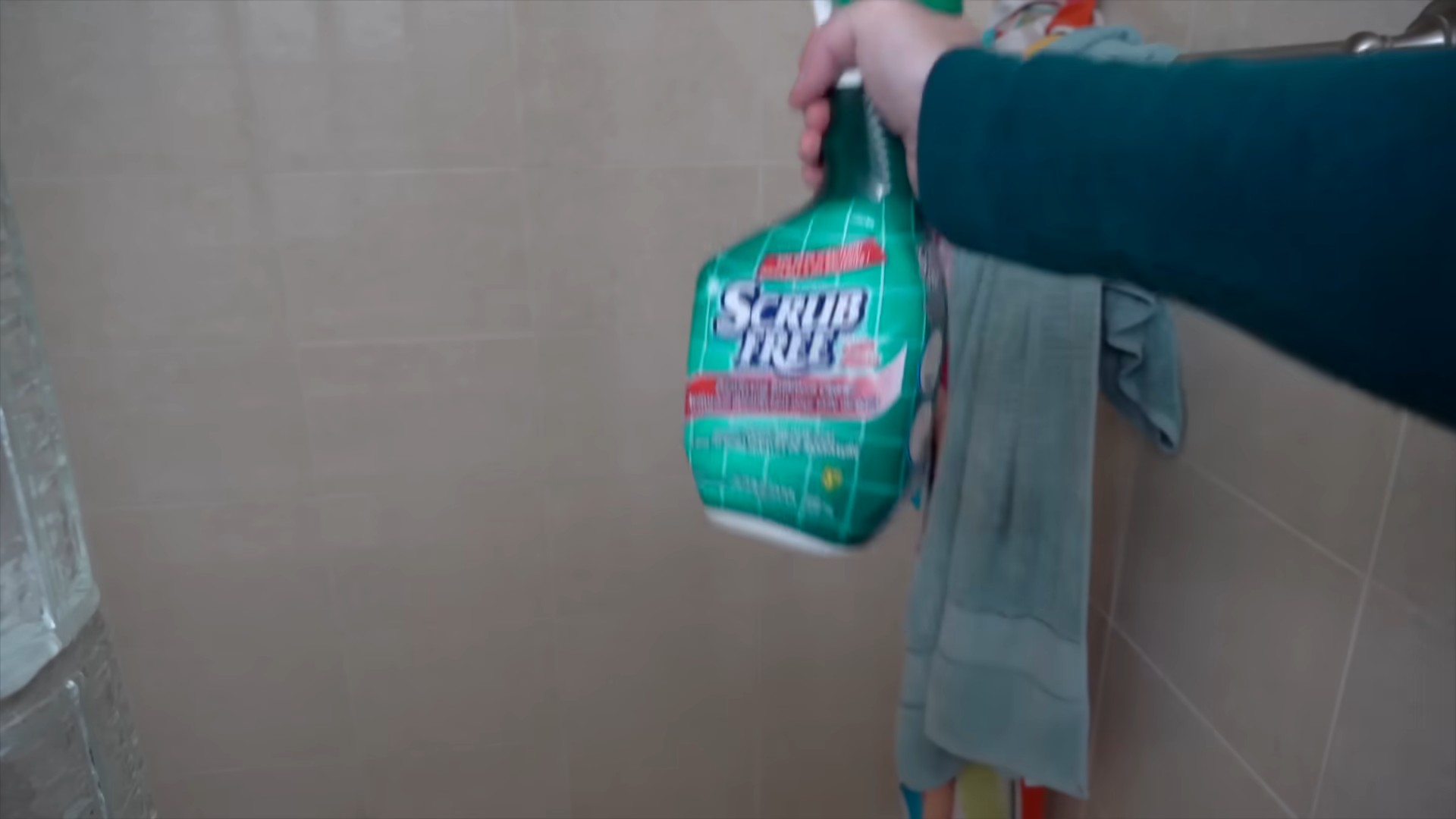
DIY Bleach Cleaning Hacks: Making Your Home Sparkle!
Alright, let’s dive into the wonderful world of bleach cleaning hacks! I know, I know, bleach can seem a little intimidating, but trust me, with the right precautions and techniques, it can be your best friend when it comes to tackling tough stains and sanitizing your home. Just remember to always wear gloves and eye protection, and work in a well-ventilated area. Safety first, always!
Understanding Bleach and Its Power
Before we jump into the hacks, let’s quickly cover the basics. Bleach, specifically chlorine bleach (sodium hypochlorite), is a powerful oxidizing agent. This means it breaks down the chemical bonds of stains and kills bacteria, viruses, and fungi. However, it’s crucial to dilute bleach properly, as undiluted bleach can damage surfaces and release harmful fumes.
Important Safety Tips:
* Always wear gloves and eye protection. Bleach can irritate your skin and eyes.
* Work in a well-ventilated area. Bleach fumes can be irritating to the respiratory system.
* Never mix bleach with ammonia or other cleaning products. This can create toxic gases.
* Dilute bleach properly. Follow the instructions on the bleach bottle or the guidelines below.
* Test bleach on an inconspicuous area first. This will help you ensure it doesn’t damage the surface.
* Keep bleach out of reach of children and pets.
Hack 1: Reviving Dingy White Laundry
Is your white laundry looking a little lackluster? Don’t worry, bleach can help! This is one of my go-to methods for keeping my whites bright.
What you’ll need:
* Bleach
* Laundry detergent
* Washing machine
Step-by-step instructions:
1. Sort your laundry: Separate your whites from your colored clothes. This is crucial to prevent color bleeding.
2. Pre-treat stains: If you have any stubborn stains, pre-treat them with a stain remover or a paste of baking soda and water. Let it sit for about 15-30 minutes before washing.
3. Load the washing machine: Place your white laundry into the washing machine. Don’t overload it, as this can prevent the clothes from getting properly cleaned.
4. Add detergent: Add your regular laundry detergent according to the manufacturer’s instructions.
5. Add bleach: Pour the recommended amount of bleach into the bleach dispenser. Typically, this is about ½ to 1 cup, but always check the bleach bottle for specific instructions. Don’t pour bleach directly onto your clothes!
6. Run the wash cycle: Select the appropriate wash cycle for your white laundry. A hot water cycle is generally recommended for whites, as it helps to remove stains and brighten the fabric.
7. Dry your clothes: Once the wash cycle is complete, dry your clothes as usual. You can either hang them to dry or use a dryer.
Hack 2: Cleaning and Sanitizing Cutting Boards
Cutting boards can harbor bacteria, especially after cutting raw meat or poultry. Bleach is a great way to sanitize them.
What you’ll need:
* Bleach
* Water
* Spray bottle (optional)
* Clean cloth or sponge
Step-by-step instructions:
1. Wash the cutting board: First, wash the cutting board thoroughly with soap and hot water to remove any food particles.
2. Prepare the bleach solution: Mix 1 tablespoon of bleach with 1 gallon of water. This creates a diluted bleach solution that is effective for sanitizing but not too harsh.
3. Apply the bleach solution: You can either pour the bleach solution directly onto the cutting board or use a spray bottle to apply it evenly.
4. Let it sit: Allow the bleach solution to sit on the cutting board for at least 2 minutes to effectively kill bacteria.
5. Rinse thoroughly: Rinse the cutting board thoroughly with hot water to remove any traces of bleach.
6. Air dry: Allow the cutting board to air dry completely before using it again.
Hack 3: Removing Mold and Mildew from Bathroom Surfaces
Mold and mildew can be a common problem in bathrooms due to the high humidity. Bleach can help to remove and prevent their growth.
What you’ll need:
* Bleach
* Water
* Spray bottle
* Scrub brush or sponge
* Gloves and eye protection
Step-by-step instructions:
1. Prepare the bleach solution: Mix 1 part bleach with 10 parts water in a spray bottle.
2. Spray the affected area: Spray the bleach solution onto the mold or mildew-affected area.
3. Let it sit: Allow the bleach solution to sit for about 10-15 minutes to kill the mold and mildew.
4. Scrub the area: Use a scrub brush or sponge to scrub the area and remove the mold and mildew.
5. Rinse thoroughly: Rinse the area thoroughly with water to remove any traces of bleach.
6. Ventilate the area: Open a window or turn on the exhaust fan to ventilate the area and allow it to dry completely.
Important Note: For porous surfaces like grout, you may need to repeat this process several times to completely remove the mold and mildew.
Hack 4: Cleaning and Whitening Grout
Grout can easily become stained and discolored over time. Bleach can help to restore its original whiteness.
What you’ll need:
* Bleach
* Water
* Old toothbrush or grout brush
* Gloves and eye protection
Step-by-step instructions:
1. Prepare the bleach solution: Mix 1 part bleach with 1 part water. For heavily stained grout, you can use undiluted bleach, but be extra careful and test it in an inconspicuous area first.
2. Apply the bleach solution: Apply the bleach solution to the grout lines using an old toothbrush or grout brush.
3. Let it sit: Allow the bleach solution to sit for about 10-15 minutes.
4. Scrub the grout: Scrub the grout lines with the toothbrush or grout brush to remove the stains.
5. Rinse thoroughly: Rinse the area thoroughly with water to remove any traces of bleach.
6. Dry the area: Wipe the area dry with a clean cloth.
Hack 5: Disinfecting Kitchen Sinks
Kitchen sinks can be a breeding ground for bacteria. Bleach can help to disinfect them and keep them clean.
What you’ll need:
* Bleach
* Water
* Spray bottle or sponge
* Gloves and eye protection
Step-by-step instructions:
1. Wash the sink: First, wash the sink thoroughly with soap and hot water to remove any food particles.
2. Prepare the bleach solution: Mix 1 tablespoon of bleach with 1 gallon of water.
3. Apply the bleach solution: You can either spray the bleach solution onto the sink or use a sponge to apply it evenly.
4. Let it sit: Allow the bleach solution to sit for at least 2 minutes to effectively kill bacteria.
5. Rinse thoroughly: Rinse the sink thoroughly with hot water to remove any traces of bleach.
6. Air dry: Allow the sink to air dry completely.
Hack 6: Cleaning Plastic Outdoor Furniture
Plastic outdoor furniture can get dirty and stained from the elements. Bleach can help to clean and brighten it.
What you’ll need:
* Bleach
* Water
* Bucket
* Scrub brush
* Gloves and eye protection
Step-by-step instructions:
1. Prepare the bleach solution: Mix 1/2 cup of bleach with 1 gallon of water in a bucket.
2. Apply the bleach solution: Dip the scrub brush into the bleach solution and scrub the furniture thoroughly.
3. Let it sit: Allow the bleach solution to sit on the furniture for about 5-10 minutes.
4. Rinse thoroughly: Rinse the furniture thoroughly with water to remove any traces of bleach.
5. Air dry: Allow the furniture to air dry completely.
Hack 7: Removing Stains from White Porcelain Fixtures (Toilets, Sinks, Tubs)
White porcelain fixtures can develop stains over time. Bleach can help to remove these stains and restore their original shine.
What you’ll need:
* Bleach
* Water
* Spray bottle or sponge
* Gloves and eye protection
Step-by-step instructions:
1. Prepare the bleach solution:
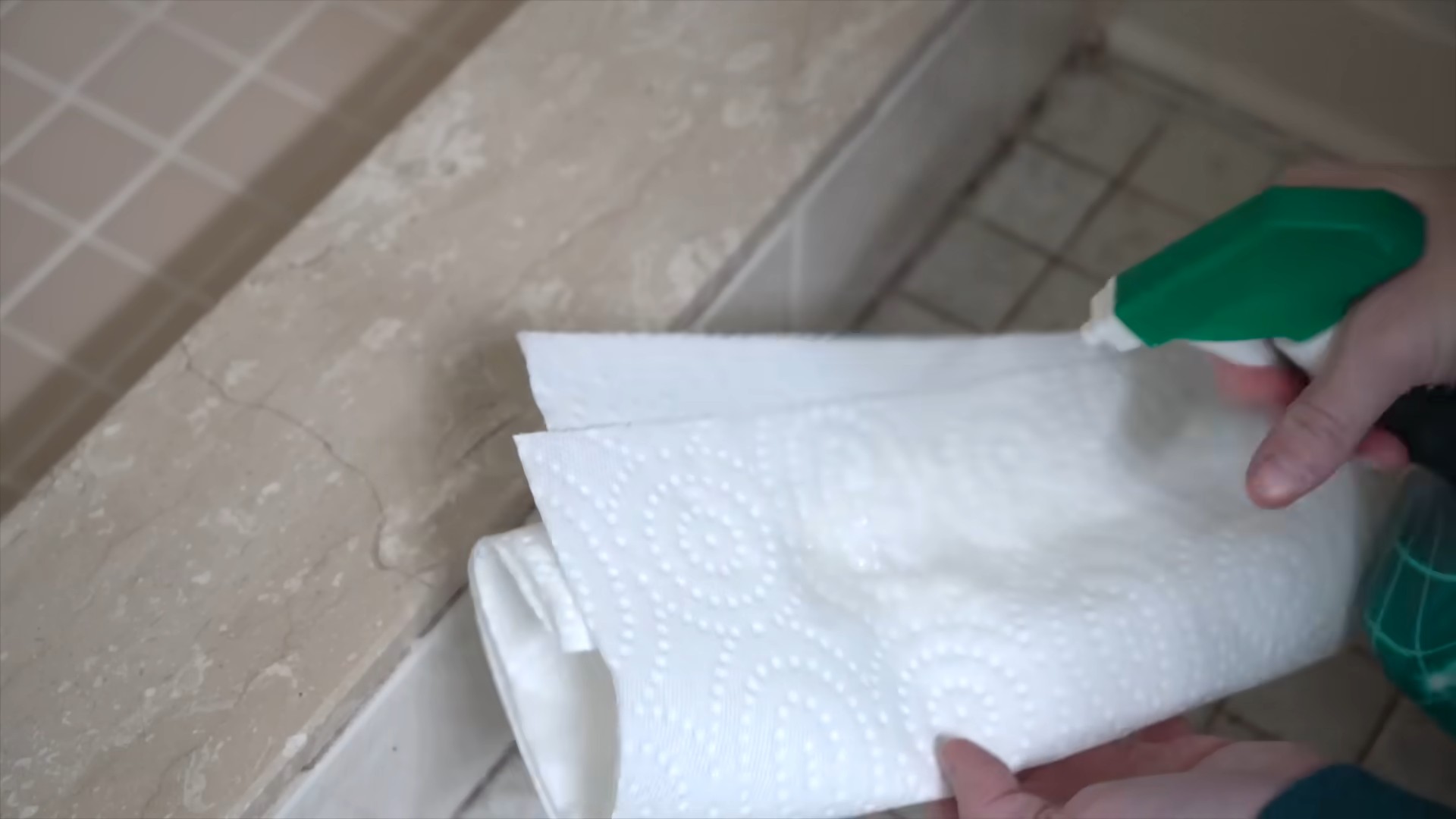
Conclusion
So, there you have it! Mastering these bleach cleaning hacks is not just about saving money; it’s about reclaiming control over the cleanliness and hygiene of your home. We’ve explored how a simple bottle of bleach can become a powerhouse of cleaning solutions, tackling everything from stubborn stains to lurking germs. The versatility of bleach, when used responsibly and correctly, is truly remarkable.
Why is this a must-try? Because it simplifies your cleaning routine. Instead of juggling multiple specialized cleaners, you can rely on diluted bleach solutions for a wide range of tasks. Think about the reduced clutter under your sink and the lighter load on your grocery budget. More importantly, think about the peace of mind knowing you’re effectively sanitizing surfaces and eliminating harmful bacteria.
But remember, safety is paramount. Always wear gloves and eye protection when working with bleach, and ensure proper ventilation. Never mix bleach with ammonia or other cleaning products, as this can create dangerous fumes. Always dilute bleach according to the instructions provided, and test solutions on an inconspicuous area before applying them to larger surfaces.
Variations and Suggestions:
* Scented Bleach Solutions: While bleach has a distinct odor, you can add a few drops of your favorite essential oil (like lemon or eucalyptus) to your diluted cleaning solution for a more pleasant scent. Be sure the essential oil is compatible with bleach and doesn’t react negatively. Test a small area first.
* Bleach Gel for Vertical Surfaces: For cleaning vertical surfaces like shower walls, try thickening your bleach solution with a small amount of cornstarch. This will create a gel-like consistency that clings to the surface longer, allowing the bleach to work more effectively.
* Bleach and Baking Soda Paste: For particularly stubborn stains, create a paste of bleach and baking soda. Apply the paste to the stain, let it sit for a few minutes, and then scrub gently. Rinse thoroughly.
* Outdoor Cleaning Power: Bleach is excellent for cleaning outdoor surfaces like patios, decks, and siding. Use a diluted bleach solution to remove mold, mildew, and algae. Be mindful of surrounding plants and landscaping, and rinse thoroughly after cleaning.
We’ve armed you with the knowledge and techniques to transform your cleaning routine with these simple yet effective bleach cleaning hacks. Now, it’s your turn to put them to the test! We encourage you to try these methods in your own home and discover the difference they can make.
Don’t just take our word for it. Experiment with different dilutions and applications to find what works best for you. Share your experiences, tips, and tricks in the comments below. We’re eager to hear how these bleach cleaning hacks have helped you achieve a cleaner, healthier home. Your feedback will not only inspire others but also contribute to a collective pool of knowledge on the best ways to utilize this powerful cleaning agent. Let’s revolutionize our cleaning routines together, one bleach-powered hack at a time!
Frequently Asked Questions (FAQ)
Is it safe to use bleach around pets and children?
Safety is always the top priority when using bleach. While bleach is an effective cleaning and disinfecting agent, it can be harmful if ingested or if it comes into contact with skin or eyes. When using bleach around pets and children, take extra precautions to ensure their safety. Always keep bleach and bleach solutions out of their reach. Clean surfaces when pets and children are not present, and allow the surfaces to dry completely before allowing them back into the area. Ensure proper ventilation to minimize exposure to bleach fumes. If you are concerned about using bleach around pets and children, consider alternative cleaning products that are specifically formulated to be safe for use around them.
What types of surfaces should I avoid cleaning with bleach?
While bleach is versatile, it’s not suitable for all surfaces. Avoid using bleach on the following materials:
* Metals: Bleach can corrode or discolor certain metals, including aluminum, stainless steel, and silver.
* Fabrics: Bleach can damage or fade colored fabrics. Only use bleach on white fabrics that are specifically labeled as bleach-safe.
* Wood: Bleach can damage or discolor wood surfaces.
* Natural Stone: Bleach can etch or damage natural stone surfaces like marble and granite.
* Painted Surfaces: Bleach can fade or discolor painted surfaces.
Always test bleach on an inconspicuous area before applying it to a larger surface to ensure it doesn’t cause damage or discoloration.
How do I properly dilute bleach for cleaning?
The proper dilution ratio for bleach depends on the cleaning task. Here are some general guidelines:
* General Cleaning and Disinfecting: Mix 1/4 cup of bleach with 1 gallon of water.
* Laundry: Follow the instructions on the bleach bottle for the appropriate amount to use in your washing machine.
* Mold and Mildew Removal: Mix 1 cup of bleach with 1 gallon of water.
Always use cold water when diluting bleach, as hot water can cause the bleach to break down and lose its effectiveness. Never mix bleach with other cleaning products, especially ammonia, as this can create dangerous fumes.
How long does a diluted bleach solution remain effective?
Diluted bleach solutions lose their effectiveness over time. It’s best to use a freshly prepared bleach solution within 24 hours. After 24 hours, the bleach will start to degrade and lose its disinfecting properties. If you have leftover bleach solution, discard it properly and prepare a fresh batch when you need it again.
What should I do if I accidentally get bleach on my skin or in my eyes?
If you accidentally get bleach on your skin, rinse the affected area immediately with plenty of water for at least 15 minutes. If irritation persists, seek medical attention. If you get bleach in your eyes, flush your eyes immediately with plenty of water for at least 15 minutes. Remove contact lenses if possible and continue flushing. Seek immediate medical attention.
Can I use bleach to clean food preparation surfaces?
Yes, you can use bleach to clean food preparation surfaces, but it’s essential to rinse the surfaces thoroughly with clean water after cleaning. Use a diluted bleach solution (1/4 cup of bleach per 1 gallon of water) to disinfect the surfaces. Allow the solution to sit on the surface for a few minutes before rinsing. Ensure that all traces of bleach are removed before preparing food on the surface.
How do I store bleach properly?
Store bleach in a cool, dry place away from direct sunlight and heat. Keep bleach out of reach of children and pets. Always store bleach in its original container, tightly sealed. Never transfer bleach to another container, as this could lead to accidental ingestion or misuse. Do not store bleach near ammonia or other cleaning products, as mixing them can create dangerous fumes.
What are some alternatives to bleach for cleaning?
If you prefer not to use bleach, there are several alternative cleaning products that you can use:
* Vinegar: Vinegar is a natural disinfectant and can be used to clean a variety of surfaces.
* Baking Soda: Baking soda is a mild abrasive that can be used to scrub surfaces and remove stains.
* Hydrogen Peroxide: Hydrogen peroxide is a disinfectant that can be used to clean and sanitize surfaces.
* Essential Oils: Certain essential oils, such as tea tree oil and eucalyptus oil, have antibacterial and antifungal properties and can be used in cleaning solutions.
When using alternative cleaning products, always follow the manufacturer’s instructions and test the product on an inconspicuous area before applying it to a larger surface.

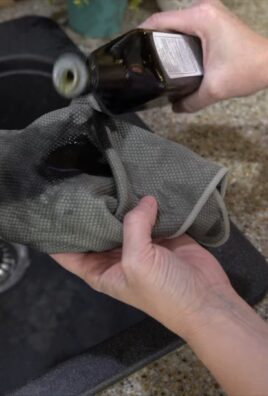
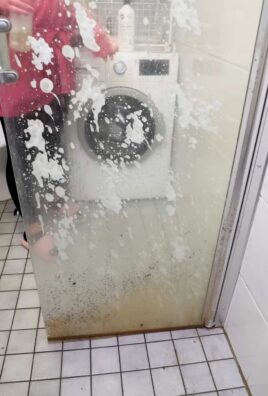
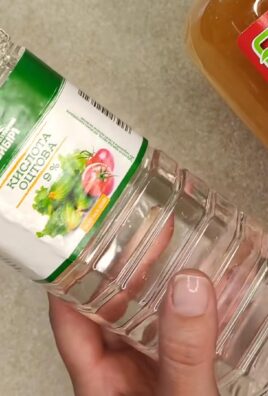
Leave a Comment